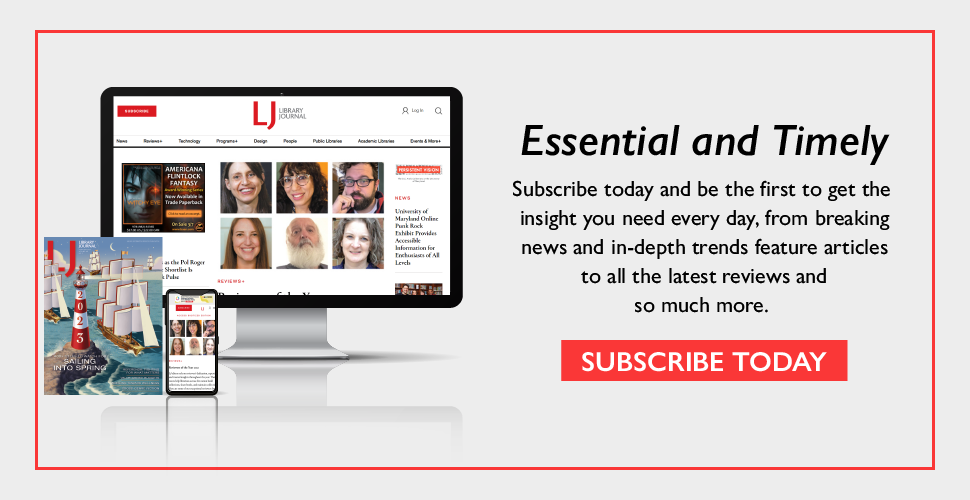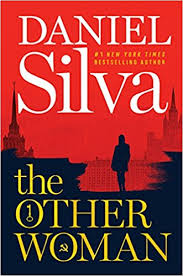New Resources Help Students Deepen Their Understanding of Literature with Primary Documents
Looking to improve engagement and provide historical context in her Literature 155 course last fall, Professor Alisa Allkins of Harold Washington College used Gale Literature Resource Center to introduce her students to diverse primary sources connected to the book Passing by Nella Larsen. And she discovered a powerful strategy to counter AI-generated work.


Looking to improve engagement and provide historical context in her Literature 155 course last fall, Professor Alisa Allkins of Harold Washington College used Gale Literature Resource Center to introduce her students to diverse primary sources connected to the book Passing by Nella Larsen. In return, she saw richer class discussions and deeper student reflections on the novel’s themes—and she discovered a powerful strategy to counter AI-generated work.
Midway through the semester, Allkins introduced her students to Gale Literature Resource Center, guiding them through the platform and demonstrating how to find relevant historical documents. She then designed a journal assignment where they selected a primary source that deepened their understanding of Passing by Nella Larsen and analyzed its significance.
“I got the most genuine responses out of this assignment (over) any of the other ones this semester,” she observes. What’s more, “this resource made it harder for students to just rely on AI (for the assignment). I like that aspect a lot.”
The materials Allkins used with her students are part of a new feature in Gale Literature Resource Center, which contains literary criticism, analysis, biographies, and reviews for more than 130,000 writers across all disciplines. Through a series of enhancements, this comprehensive online database now includes new sets of primary and historical documents for about 100 selected works of literature, including The Catcher in the Rye, Wuthering Heights, and the poem “I, Too” by Langston Hughes.

“By partnering with academics to create these sets, we’ve provided ready-made models that meet the diverse needs of a variety of learners,” Bomarito says.
The Value of Primary Sources for Literary Studies
Primary sources are critical for research and scholarship in all fields, including literature. Letters, diaries, newspaper articles, interviews, speeches, and contemporary works of art help provide valuable context for students to understand and engage with literary texts more deeply.
“Primary sources come into play when researchers move from close reading and analysis of other peoples’ opinions to creating their own original research,” says Jessica Bomarito, a senior product manager for Gale. “Beyond that, primary sources are useful in helping students think critically about works of literature in new ways, as well as connect those works to their own lives. This is a key point, because we’ve heard from instructors that when students make those personal connections, engagement with the material is really enhanced.”
However, instructors and librarians face several key challenges in trying to incorporate primary sources into the study of literature.
“Helping students conceptualize what a primary source is can be challenging,” Bomarito notes. Also, it can be time-consuming for instructors to find primary source materials to include within their courses. The new sets meet these needs for instructors and librarians.

Engaging students in new ways
The new primary source document sets were developed for classical works of literature, as well as works that fall outside the traditional Western canon. “That was really important for us,” Bomarito says. They explore many different themes; for example, the primary sources chosen for “I, Too” help students explore themes of identity, while the sets for works like Wuthering Heights, The Awakening, and “The Yellow Wallpaper” are focused on feminist themes.
The types of materials provided are also wide-ranging and include multimedia resources such as audio, video, and images, as well as textual documents. Many of the materials are contemporary to the works of literature they support, while some are current. This variety “helps students understand that primary sources aren’t just old newspaper articles but can a range of different materials,” Bomarito observes.
Aside from helping students understand that primary sources can take many forms, having a variety of options empowers students to choose materials that resonate with them, based on their own unique preferences or learning styles.
The primary source collections are designed to fit within a typical research workflow and are available directly from the hub page of the work they support. For example, if students are studying The Catcher in the Rye, they’ll see primary sources that include a photograph of the American Museum of Natural History exhibit referenced by the narrator, as well as the Robert Burns poem that inspired the novel’s title.
The primary source documents for the Hughes poem “I, Too,” were curated by Kwame Dawes, professor of English at the University of Nebraska-Lincoln. They include the text of Walt Whitman’s poem “I Hear America Singing,” which is referenced in Hughes’ poem, so students can compare the two works. There is also a video featuring the blues singer, Bessie Smith. “I can envision a student drawing inspiration from that video, thinking about contemporary musicians whose lyrics they might want to delve into” to draw their own comparisons, Bomarito says.
Students can use these primary source document sets to support an argument they’re developing or as a jumping-off point to inspire new ideas. Instructors can use them as models for what primary sources look like or to spark rich classroom discussions. For example, instructors could create breakout groups around the documents and task each group with examining a different document and reporting to the larger group.
Meeting a critical need
The primary and historical document sets were inspired by interviews with researchers and instructors who expressed a need for more support around primary source literacy and access, Bomarito says.
They’re part of a series of enhancements to the Gale Literature Resource Center that include additional topic portals exploring various themes in literature, as well as improved browsing functionality and access to original works of literature directly within the database itself.
The enhancements “add to the wealth of coverage this resource is known for,” she says.
SPONSORED BY
Add Comment :-
RELATED
ALREADY A SUBSCRIBER? LOG IN
We are currently offering this content for free. Sign up now to activate your personal profile, where you can save articles for future viewing









